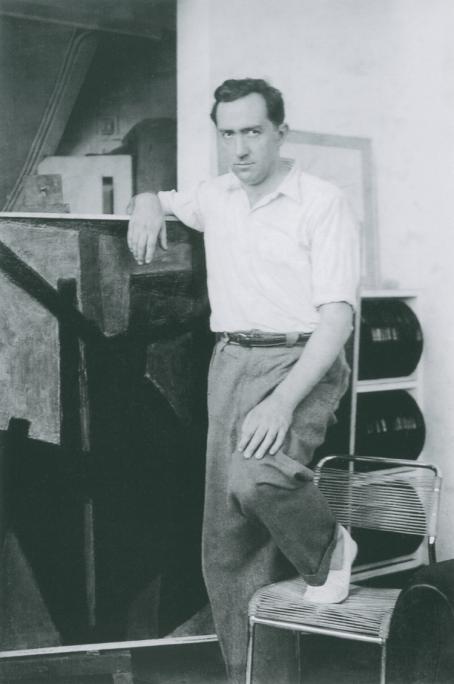Black or White? The Early Work of Pierre Soulages, c. 1948-1955
Sometime in mid-to-late 1949, the American artist Hermann Cherry photographed French painter Pierre Soulages in his Paris studio. Soulages had just had his first solo exhibition at Galerie Lydia Conti, Paris, in May, and later that same year a major painting was included in ‘Painting in 1949. European and American painters’ at Betty Parsons Gallery, New York. More than once Soulages has repudiated group affiliations, and he is often described as a paradigmatic example of the postwar painter as heroic individualist (albeit French). Contra such prevalent stereotypes, this talk reconsiders the artist’s early abstract oeuvre — paintings of convoluted abstract architectures constructed within limitless spatial fields of sombre but luminous colour — in intimate relatedness to the social ‘worlds’ or spaces of the studio and exhibition. It suggests a reading of the artworks that does not isolate them as existential emblems of the artist’s inner world but recognises their participatory function in a temporal and intersubjective process. Habitually presented by art history in black and white terms, the subject of this talk is the historical constitution of a contingent ensemble of relations with Soulages’ work at its centre.

